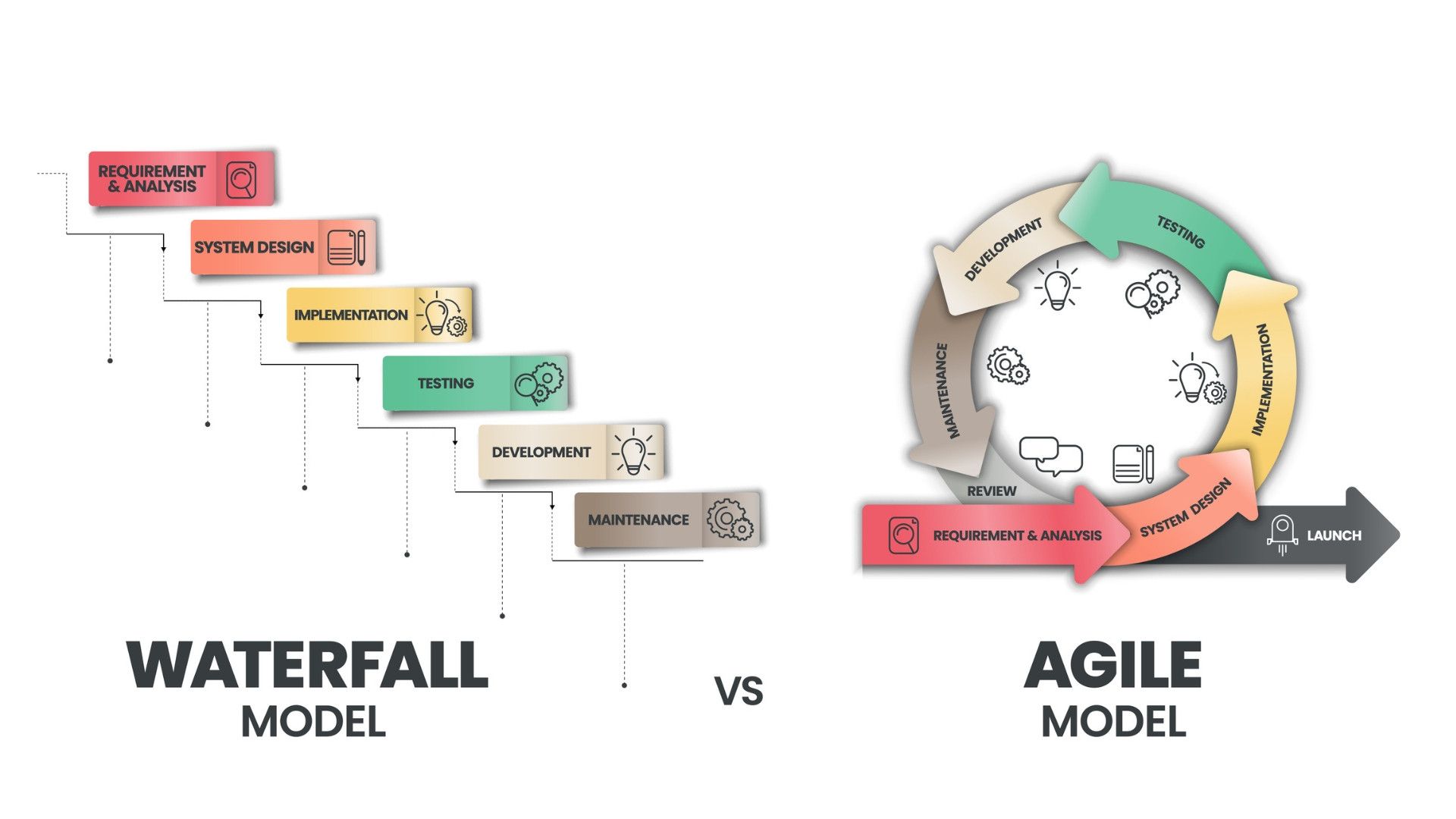
We’re excited to hear your project.
Let’s collaborate!

In the ever-evolving world of web development, agility and flexibility are paramount. At OPTASY, we've embraced agile project management as a cornerstone of our Drupal development agency.
This methodology allows us to navigate the complexities of Drupal projects with greater efficiency, transparency, and client satisfaction.
I'm Nazanin Ghasemi, a marketing expert at OPTASY with over five years of experience in digital marketing.
Today, I’m exploring the intricacies of Agile project management in Drupal development, particularly how OPTASY leverages this methodology to navigate complex projects and ensure successful outcomes.
To gain insights into this process, I'm interviewing experts from OPTASY: Adrian Ababei, CEO and Expert Drupal Developer, Mihael Shumelov, Project Manager, and Mark Yuasa, Business Analyst.
Agile methodology offers a plethora of benefits that make it ideal for Drupal projects:
Adrian Ababei, OPTASY's CEO and Expert Drupal Developer, emphasizes the value of agile in large-scale projects:
"Agile methodology benefits are most visible in large projects. Instead of waiting months to see the MVP, clients can see progress every few weeks, ensuring we're on the right path or allowing them to change direction early on."
He further adds:
"All the clients love the ability to interact with the team. They love the fact that they can control the development process. They don't have to invest a lot before seeing anything from us."
Mihael Shumelov, Project Manager at OPTASY, highlights another key advantage of agile:
"Agile helps us reduce risks in terms of our overall delivery and in specific, specifically time, scope, and budget."

OPTASY's agile approach is guided by a set of core principles:
Mark Yuasa, Business Analyst at OPTASY, explains how agile helps plan and prioritize development efforts:
"We work with the project manager, product owner, lead developer, and business analyst to define the work for each sprint. This allows for careful planning and prioritization, ensuring we deliver the most valuable features first."
He also emphasizes the importance of flexibility in agile:
"Agile can be just as comprehensive a plan [as waterfall], it just allows for more flexibility. So if we do our job right, if we use the tools correctly, which we do, of course, then the client can rest, rest assured that all of their concerns are accounted for, all of the requirements are understood and they are well documented and well laid out in a plan that's adjustable and adaptable to their real time needs."
Effective communication and collaboration are crucial for successful agile projects. OPTASY leverages a suite of tools and techniques to facilitate seamless interaction between development teams and clients:
Adrian Ababei highlights the importance of transparency and client involvement:
"We give clients access to all our tools - Jira, Confluence, Slack. We also invite them to our scrum calls, providing daily insights into project activities."
Mihael Shumelov adds:
"We are a bit proactive in examining clients' needs. So usually the clients, they have a vision... So I think that it's about and it's another agile mindset, continuous improvement, but also continuous discovery of the needs. We are far from the idea that we talk with the client once we understand what he or she needs, and then we build it. It's not about this. It's about constantly checking up with the client on what's going on. And I think that's part of exactly the Agile culture because it's not just about agile development, it's about agile mindset in the organization."
Agile's iterative approach and emphasis on client collaboration empower OPTASY to respond effectively to changing client requirements and ensure high levels of client satisfaction.
"Because clients can see functionality every few weeks, they can identify the need for change early on. Working with our team, we can adjust requirements and implement changes immediately."
"What clients appreciate is that high level of communication. So because we use this methodology, and because we use these tools, the client is always aware of the status of their project from moment to moment. There's always a paper trail, there's always records kept."
Adrian Ababei summarizes the benefits from a client's perspective:
"In the waterfall project, the client knows the plan pays for it, and checks the final result and debates at the end. Right? But with the agile approach, the goal of the agile approach is to have a potentially shippable product, potentially product at the end of each iteration, meaning that the client is able to check working software at the end of each iteration that brings him or her how to say psychological safety and stability because you are not paying for something that you see after two months, and you see that it worked zero, so you have to restart the development, pay a lot of money again and so on. So the biggest benefit for the clients is that transparency and that they can have working software each iteration."
Agile project management has revolutionized the way OPTASY approaches Drupal development.
By embracing its principles of flexibility, transparency, and collaboration, we've been able to deliver exceptional results for our clients.
If you're looking for a Drupal development partner who values agility, communication, and client satisfaction, OPTASY is the ideal choice.
Contact us today to learn more about how we can help you achieve your digital goals.

We’re excited to hear your project.
Let’s collaborate!